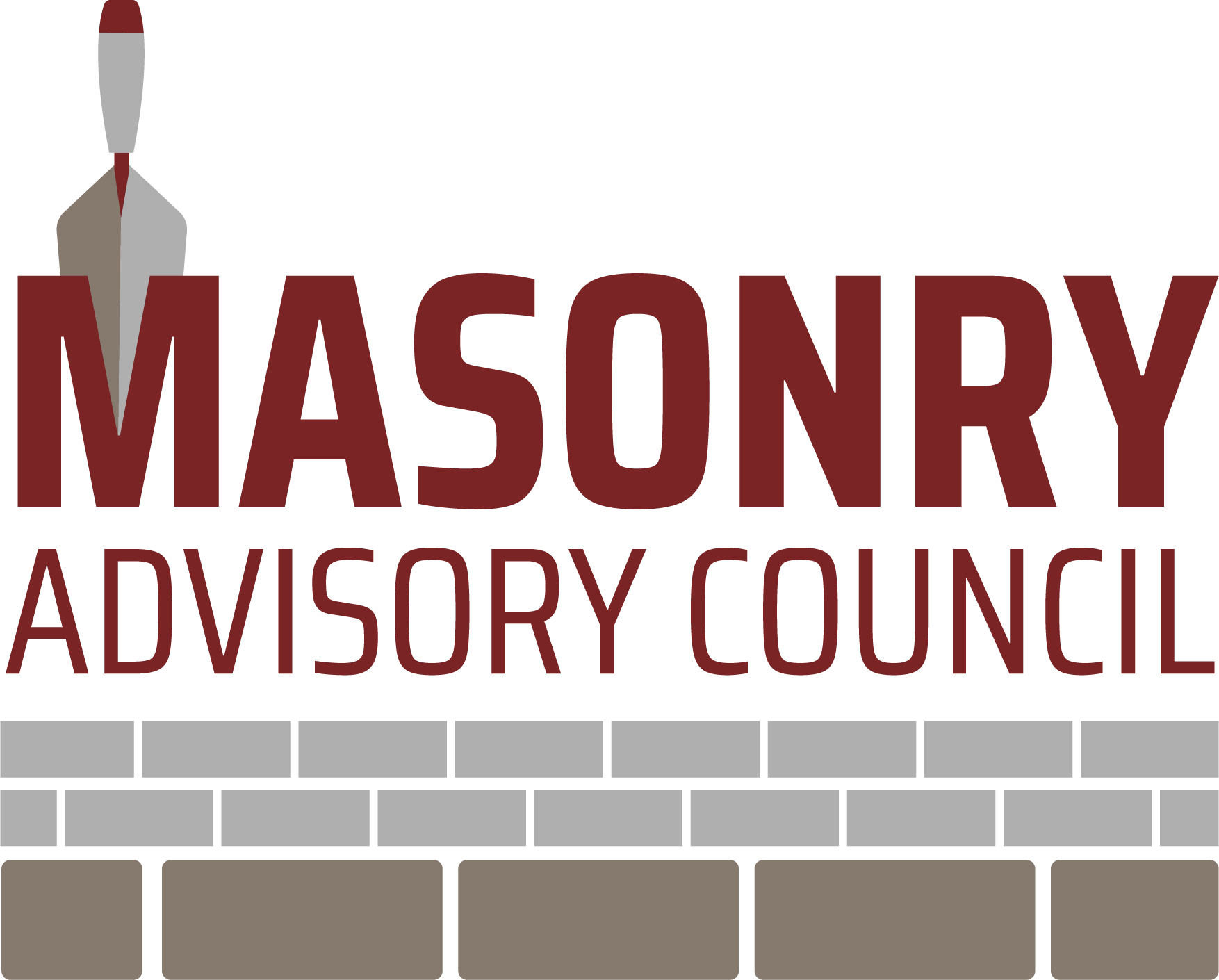Learning Objectives
- Explore the ideal bonding conditions for brick and mortar, and explore the types of mortar-to-brick bonds that work best in different situations.
- Understand how the water retentivity of mortar can change and steps that can be taken to increase or decrease water retentivity.
- Learn how different mortar bonds with different bricks, and how to identify a mortar and brick pairing that will work well together.
- Know what to look for in incompatible brick and mortar combinations, and how to adapt construction methods to overcome this.
Understanding and Specifying Mortar with Brick
Brickwork must be strong enough in compression to support the outer brick wythe. Also, the brickwork must be strong enough to resist and transfer loads, and sometimes must be strong enough to support structural loads. Subsequently, the mortar must bond well to the adjacent brick units to prevent horizontal cracks in the brickwork.
Brick-to-mortar bond is essential in producing the most weather tight wall system. The bond between the two can be affected by the physical properties of the mortar and brick.
There are certain combinations of brick units and mortar mixes that are more likely than others to promote good bond and performance.
Mortar Bond
There are two types of mortar-to-brick interaction that create intimate bonds. The first type of bond is a mechanical bond. A mechanical bond is achieved as follows:
The mortar should be mixed to a workable consistency and spread out over the top surface of the brick wythe. The mortar will fill the surface irregularities of the brick unit by the pressure applied by the mason laying the next course of brick. Water and cement from the mortar are drawn into the unit’s pores through capillary action. Subsequently, the mortar and brick are mechanically interlocked and achieve maximum bond when the mortar hardens. (Figure 1)
The second type of bond achieved between mortar and brick units is a chemical bond.
This type of bond is created when the water and cementitious materials are drawn from the mortar into the pores of the brick by capillary action. As hydration takes place and the mortar cures, a chemical bond forms between the mortar and the brick. (Figure 2)
The brick must extract enough water and cementitious material into the outer surface of the brick to form a chemical bond within the brick’s pores, while leaving enough water to allow cement hydration within the mortar joint.
Water Retentivity in Mortar
Water retentivity is a physical property of the mortar. It is the ability of the mortar to retain its water and cementitious content and to retain its composition under brick suction.
Water retentivity can be increased in the mortar as follows:
- By increasing hydrated lime
- By increasing air content.
- By adding fine sands (in accordance with ASTM C144)
- By using admixtures such as retarders.
Retarders will prevent mortars from curing by retaining water introduced in the mortar. The retarder will prevent the mortar from losing its water and curing too quickly.
Initial Rate of Absorption
Most architects select brick units for their aesthetic properties. Sometimes a structural engineer will select a brick for its compressive strength. However, a brick should be selected based upon its compatibility with the specified mortar. Compatibility between mortar and brick is determined by the quality of the bond.
A key component in achieving a strong bond between mortar and bricks is the ability to absorb or suck water and cement paste into the brick.
Brick suction is defined by its initial rate of absorption (IRA). The IRA of a brick is expressed in grams of water sucked into the brick per minute per 30 square inches of brick surface area. The IRA of brick is influenced by its constituents and manufacturing methods. As previously noted, a strong bond is ultimately achieved mechanically and chemically.
The IRA of a particular brick is influenced by its constituent materials, production, methods, firing and its ultimate pore structure, which affects the bricks capillary action.
ASTM C270 “Standard Specification for Mortar for Unit Masonry” refers to brick IRAs of 5 to 25 as moderate while indicating that more than sufficient bonds can be obtained with units having IRA greater or less than these values. That’s where brick and mortar compatibility become critical.
Mortar and Brick Compatibility
Basically, mortar and brick compatibility is achieved by pairing a brick’s IRA with a mortar’s water retentivity.
Generally, a brick with a high IRA will bond strongly with a high water retentive mortar. A brick with a low IRA will bond strongly with a low water retentive mortar. The bond between the mortar and brick can be increased or decreased by the amount of lime in the mortar mixture.
Furthermore, when using high absorptive brick, a mortar with high water retentivity should be specified, increasing bond by keeping the mortar from setting up too soon. When using a low absorptive brick, a mortar with a low water retentivity should be specified, increasing bond by keeping the mortar from setting up too quickly.
IRA | Mortar Proportions |
0-8 grams | Type “S” portland lime mortar with a low lime content or a type “S” masonry mortar. |
6-20 grams | Type “N” portland lime mortar, type “N” masonry cement or type “N” masonry mortar. |
20-30 grams | Type “N” portland lime mortar, type “N” masonry cement or type “N” masonry mortar. |
Please note that bricks with IRA’s over 30 grams should not be used in non-seismic locations.
Summary
By requesting data on a brick’s IRA, understanding its significance, and using it to specify compatible mortar, architects can help prevent construction problems. By watching for incompatible brick and mortar combinations, questioning specifications, and adapting construction methods when necessary, contractors can lay brick more effectively.
Also, IRA and water retentivity are only two of many factors that affect masonry performance. But matching mortar properties to the brick’s absorption rate can contribute to strong, complete bonds. This can reduce the potential for problems.
Answer these 5 questions correctly to receive your education credit:
Thank you! Your answers will be reviewed and an email will be sent to you confirming accreditation.

